Reviews 12 min read
Volkswagen ID.4: One of the most affordable all-electric SUVs on the market
A bigger, more practical version of the ID.3 family hatchback, the VW ID.4 boasts an impressive 310 mile range, SUV styling and is relatively cheap to buy and run.
Discover EV expert verdict...
- Roomy cabin
- Impressive range
- Well-equipped
- Unengaging drive
- Annoying controls
- Not as exciting as other electric SUVs
Overview
Hot on the heels of the compact ID.3 model is the ID.4 – Volkswagen’s second model to be built on its modular electric drive matrix (MEB) and its first ever fully-electric SUV. The Group wants to be the world’s market leader in electric mobility, so all eyes will be on the ID.4 as it enters the largest market segment – the compact SUV class. We have 48 hours to get under the skin of a 1st Edition version, with a battery of 77kWh.
Driving
With 198bhp and 229lb-ft of torque the ID.4 1ST Edition completes the zero to 62 mph sprint in 8.5 seconds before topping out at 99mph. Hardly Tesla Model X thrust of acceleration, but more than enough for an SUV that weighs over two tonnes, and the power delivery is super smooth.
Harking back to the engineering roots of the brand and the debut of the original Beetle, the ID.4 is both rear-engined and rear-wheel drive. The electric motor, capable of spinning up to 16,000rpm, sits above the rear axle just ahead of the wheels, and sends its torque to a single-speed gearbox with differential, which VW say enables agile handling and good levels of traction. This is further enhanced by the fact that the battery is located between the axles at the lowest point of the car, meaning the ID.4’s weight distribution never deviates from the ideal 50:50 position by more than one per cent.
With struts on the front and a compact five-link suspension (with a subframe that is elastically connected to the body) at the rear – a complex new development for VW – on the country roads the ID.4 feels sportier than you might imagine. It makes use the same Vehicle Dynamics Manager as seen on the new Golf GTI, which networks the electronic stability control (ESC) and all of the control units for the electric motor, along with any power electronics, such as the XDS electronic differential lock and DCC (available later on series models) to help it find grip and prevent oversteer, common to rear-wheel drive cars. The system is very fast, making adjustments, as necessary, every millisecond. However, don’t let that fool you into thinking it will offer hot hatch thrills – it feels very much like a family crossover behind the wheel. On the country roads it rolls in the corners and there’s little steering feel but no one buys a crossover for the driving experience and to that end the ID.4 is more than satisfactory. It’s fairly composed on our bumpy and potholed roads, but the Audi e-tron and Jaguar I-PACE ride a lot better - they’re also significantly more expensive!
The ID.4 is most in its element around town. With a turning circle of just 10.2 metres – impressively small for a car in this class – you can navigate through traffic in tight streets and tricky parking spots with ease, and despite riding on 20 inch alloy wheels it’s a great motorway cruiser, too. Thanks to 16cm of ground clearance, VW say the SUV also copes well with light off-road terrain – but we doubt the average ID.4 won’t see much more action than a gravelled driveway. We’re sure the yummy mummies will appreciate the elevated driving position it offers, however.
Up to 0.25g of recuperation is available in the ID.4, and the driver decides via a rocker switch whether the car should recuperate energy when the accelerator is released. If the D (Drive) position is engaged, the car will coast in most situations, but in the B (Brake) position, the electric drive motor functions as a generator and feeds power back into the battery. The braking force doesn’t allow for one pedal braking which is a shame. The conventional hydraulic brakes also come into play above 0.25 g, and the transition to assisted braking is practically unnoticeable, and it certainly stops well – as despite having a drum rear-set-up, the discs up front are larger than those on the new Golf R.
Range and running costs
The ID.4 1ST Edition has an impressive range of 310 miles from its 77 kWh battery, and it also benefits from rapid charging compatibility of up to 125 kW, so you can add up to 199 miles of range in just 30 minutes. VW claim it will average 3.45 miles/kWh, but we only managed around 230 miles on a cold day, just like the ID.3 though predicted range decreased at roughly the same rate as distance travelled.
I think it’s important to mention Volkswagen’s commitment to becoming C02 balance sheet neutral here. Like the ID.3, the ID.4 has been awarded carbon-neutral product status by the independent German auditing body TÜV Nord, which examines the entire supply chain, manufacturing process, logistics and any climate compensation projects.
To ensure the ID.4 remains as net-carbon neutral as possible throughout its life, Volkswagen UK has partnered with Octopus, which provides renewable energy for homes while together with Pod Point it’s also rolled out public chargers at Tesco stores. These chargers use green energy and cost customers nothing to use (unless they’re rapid chargers which carry a small charge).
Even at the end of the vehicle usage phase, the battery from the ID.4 can either be reused in second-life concepts or turned into a source of raw materials through recycling, to which end a pilot recycling plant is already being built at the Salzgitter site, where Volkswagen is setting up a battery cell production facility together with Northvolt.
As well as being part of helping to reduce VW’s CO2 output you can also be smug that you’re saving yourself money at the pump, on servicing (only requiring an inspection service every two years) and parts. The brake pads for example are designed for the entire service life of the car. The ID.4 has a three-year / 60,000-mile mechanical warranty and a year’s membership of Volkswagen Assistance which includes European breakdown cover, while the battery is guaranteed for eight years or 100,000 miles (whichever is soonest). For company car drivers, like any EV, BIK tax, is just 1 per cent in 2021-22 and 2 per cent the following year and on personal finance the ID.4 is available for £459 a month (subject to 10,000 miles per annum over four years and £6983.18 deposit).
Design
VW say it’s created a design that appears to have been shaped by the wind... Yep we’re not sure what that means either, but on the subject of air flow, the car achieves a very good drag coefficient of 0.28. The same sharp, clean edges that have become a feature of the ID family are present on the ID4, with a strong shoulder line, muscular flanks, and a sloping roof arch helping to make the vehicle look sporty. Playing on another common motif found throughout the models in the ID. family, the exterior mirror incorporates a small projection light, which casts a honeycomb pattern of light onto the ground when the door is opened. Other distinguishing elements include full-width light bands front and rear and a large intake to break up an otherwise minimalist front end – no fake grille here!
The ID.4 1ST Edition model is distinguished by 20 inch alloy wheels, LED headlights and tail lights, tinted rear windows, external (and internal) ‘1ST’ badging and four metallic exterior paint colours including Glacier White, Blue Dusk, Manganese Grey and Honey Yellow.
Likewise inside there are several features to mark the 1st Edition apart from future ID.4 series models including Florence Brown highlights, ArtVelours microfleece seats which – like the steering wheel – are heated, 30 colour ambient lighting, and a newly developed, centrally positioned, 10 inch infotainment touch display. While it uses nice high resolution screen graphics the system is a little laggy and confusingly laid out. Hopefully the OTA software updates will make improvements such as preventing the nav from auto zooming and not hiding rudimentary information and functions three menus deep (like the percentage of battery left).
Like the ID.3 it’s well built, understated and nicely designed with tasteful materials. We like how the dash panel appears to float as it is not connected to the centre console, and the front seats feature individual armrests on the inner side. Just like the ID.3 apart from the electric windows, door mirrors and hazard warning lights, all controls are operated using touch-sensitive buttons, including those on the steering wheel, which is a little annoying as they’re easy to accidentally trigger while driving. The fact that the ID.4 doesn’t really do switches is quite annoying, and when they do it’s similarly frustrating (more on that later!).
Comfort and practicality
The interior of the ID.4 is designed around the ‘Open Space’ concept, which basically means it’s easy to get in and out of, offers good visibility and will comfortably accommodate five adults. While it has a footprint comparable to the Tiguan it offers interior space more akin to the longer wheelbase Allspace version, so you’ll get a generous 543 litres of luggage space, which extends to 1575 litres with the rear seats down. Console storage is also vast, and there are loads of different compartments for phones and other belongings. The ID.4 is also equipped with roof rails with a 75 kg load limit, while an optional tow bar is available with a 1000 kg towing capacity. Not so practical is the dedicated space for the cables under the boot floor – a frunk would make much more sense.
At the moment only the Pro Performance is on offer but Volkswagen plans to offer five pre-configured series models. These are: City, Style, Life, Family, and Max. Two battery options will also be offered on the series ID.4; the ‘Pro’ with 77 kWh and the ‘Pure’ with 52 kWh and a choice of two different outputs for the electric motor. VW is also promising us a flagship performance version with all-wheel-drive later this year.
The ID.4 First Edition comes with plenty of technology and safety kit as standard. Highlights include: ID. Light (a narrow decorative and functional light strip under the windscreen – as first seen on the ID.3 – which assists the driver according to where the light moves and what colour it is); “Hello ID” (a voice control function capable of understanding a wide variety of commands); We Connect Start (host of online services which are available for three years and encompass navigation, and a charging station service); ID Drive assist systems (which uses radar and ultrasound sensors as well as cameras to help avoid accidents or mitigating their consequences); reversing camera; lane assist; and front assist (monitors the area in front of the ID.4 via the car’s multifunction camera and reacts to potential imminent collisions via warnings and, if required, braking interventions).
What’s more the front seats feature head restraints that will reduce the risk of whiplash in the event of a rear-end collision. In the event of a side collision, the central airbag deploys from the left-hand bolster of the driver’s seat, helping prevent the driver and front passenger from colliding with one another. Bizarrely though, for a forty grand car packed with tech, the front seats are manually adjustable! It’s frustrating to not get the basics when elsewhere there’s tech for tech’s sake – such as the aforementioned ID.Light and the electric window switches. Instead of having one for each window, there are just two switches and depending on whether you want to drop the front left or right or rear, you have to remember to flick a rocker switch. For the sake of one less button – what’s wrong with the old-fashioned way?
Another quirk is the start stop button on the steering column, which I accidently pressed when trying to adjust the wheel while driving and obviously came to an unexpected and abrupt stop! Fortunately I had no one behind me. In a car that has keyless start I’m not even sure why this is needed. And another thing... The touch-sensitive sliders for the temperature and volume settings are not backlit so they’re pretty useless at night.
Verdict
If you’re looking for a practical, reasonably large electric family SUV that’s cheap to run and well-equipped the Volkswagen ID.4 is a safe bet, but you may also want to consider the cheaper although much smaller Kia e-Niro or Hyundai Kona Electric, or Tesla Model 3 if you want something that’s more enjoyable to drive. It’s not perfect, but for the money (if you don’t go mad on the options) it’s a great car – comfortable for the whole family, with a useable electric range and well equipped. Sadly it’s now not eligible for the plug-in car grant (which is down to £2500, and now only applies to EVs costing less than £3k) but given the price difference with the ID.3, an entry-level ID.4 Life should come in at around £31,000 and if that’s the case it’ll make it even easier for families to make the switch to electric.
The ID.4 will play a key role in the realisation of the brand’s plan to sell 1.5 million EVs worldwide by 2025, but with the Ford Mustang Mach-E and Tesla Model Y on the horizon, not to mention Volkswagen's closest rivals the Skoda Enyak iV and the CUPRA el-Born, it will be interesting to see how it will fair in what is becoming an increasingly crowded electric crossover market.
Key Specs
2021 Volkswagen ID.4 1ST Edition Pro Performance
Price (RRP OTR): From £40,800
Top speed: 99mph
0-62mph: 8.5 seconds
Power: 198bhp
Torque: 229lb-ft
Driving range (combined): 310 miles
Charging time: 11 hours (7.2 kW, 0-100%); 38 minutes (125kW, 0-80%)
Insurance group: 31P
Vehicle warranty: 3 years/60,000 miles
Battery warranty: 8 years/100,000 miles

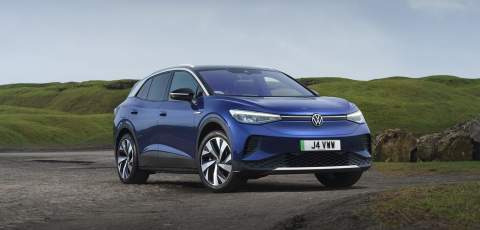


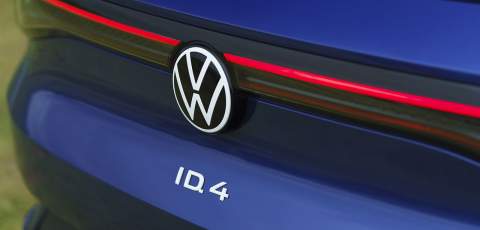
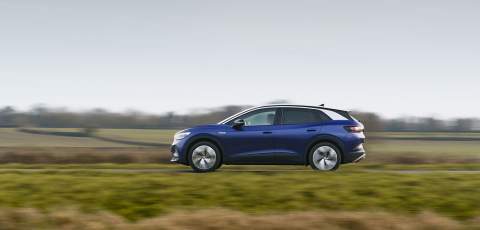
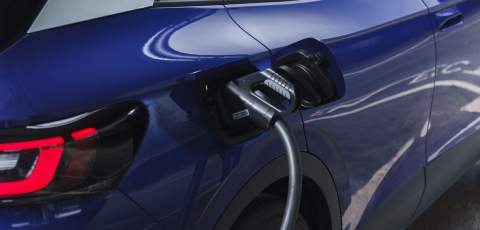
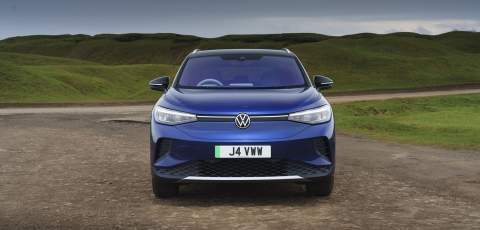
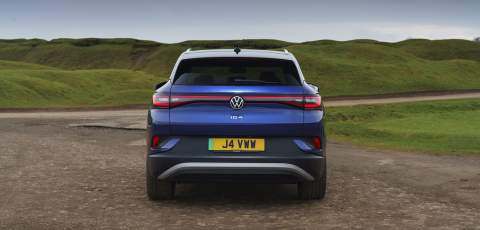
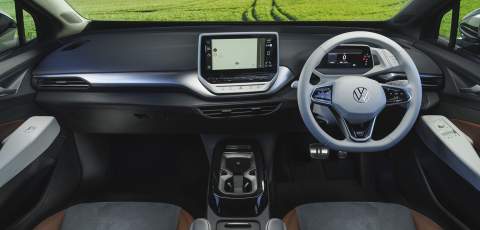
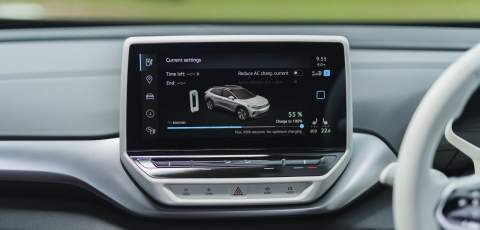
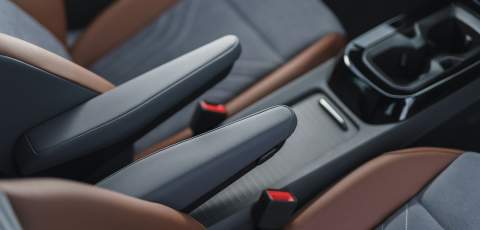
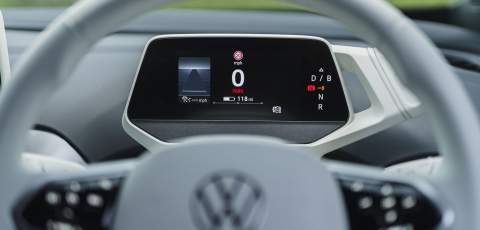
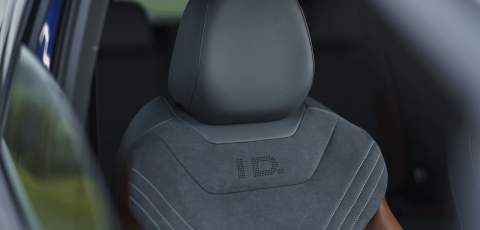
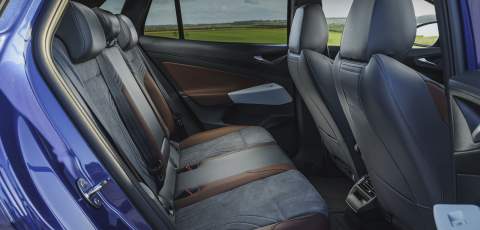
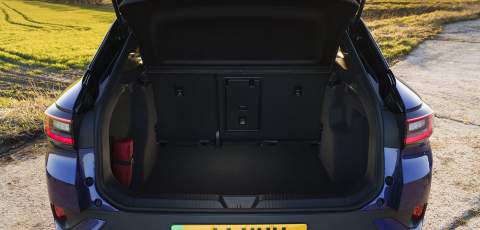
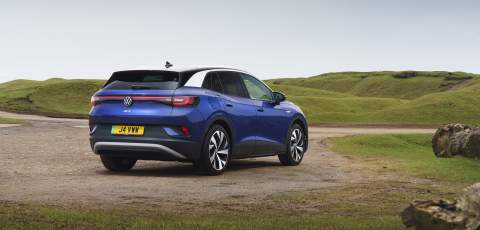

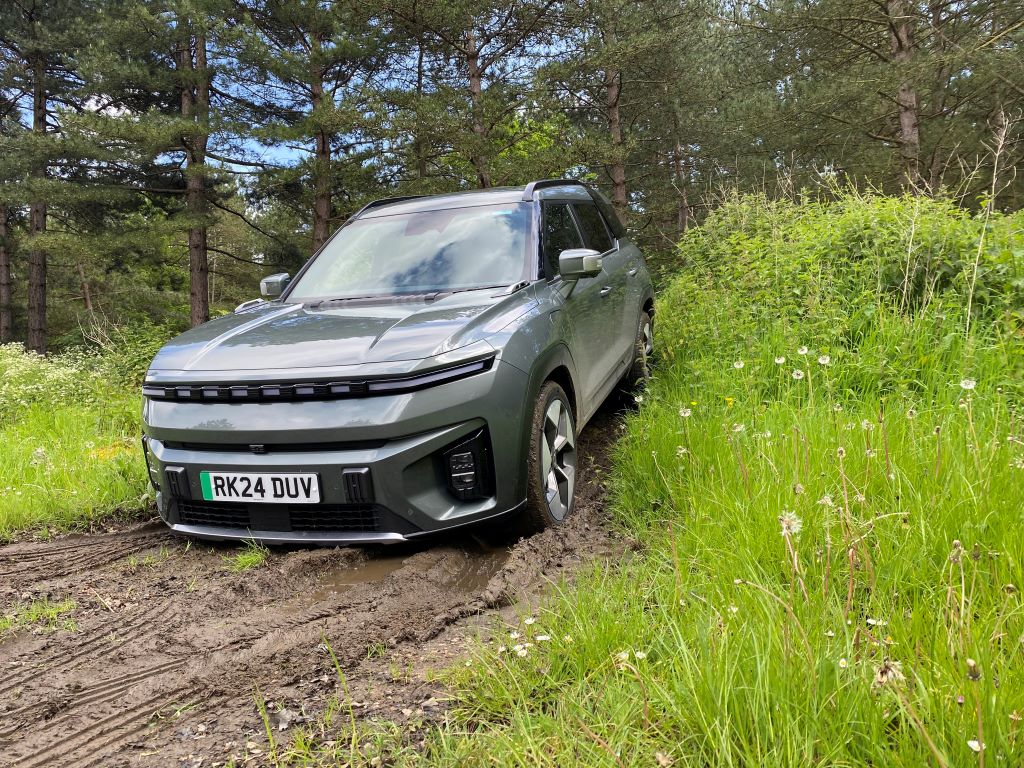
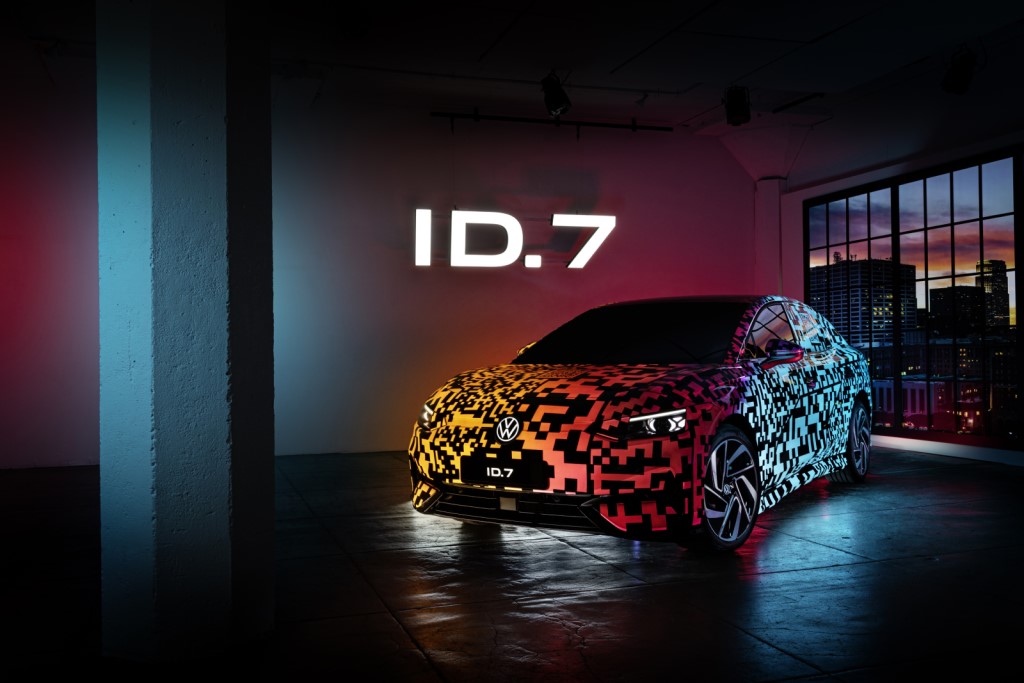
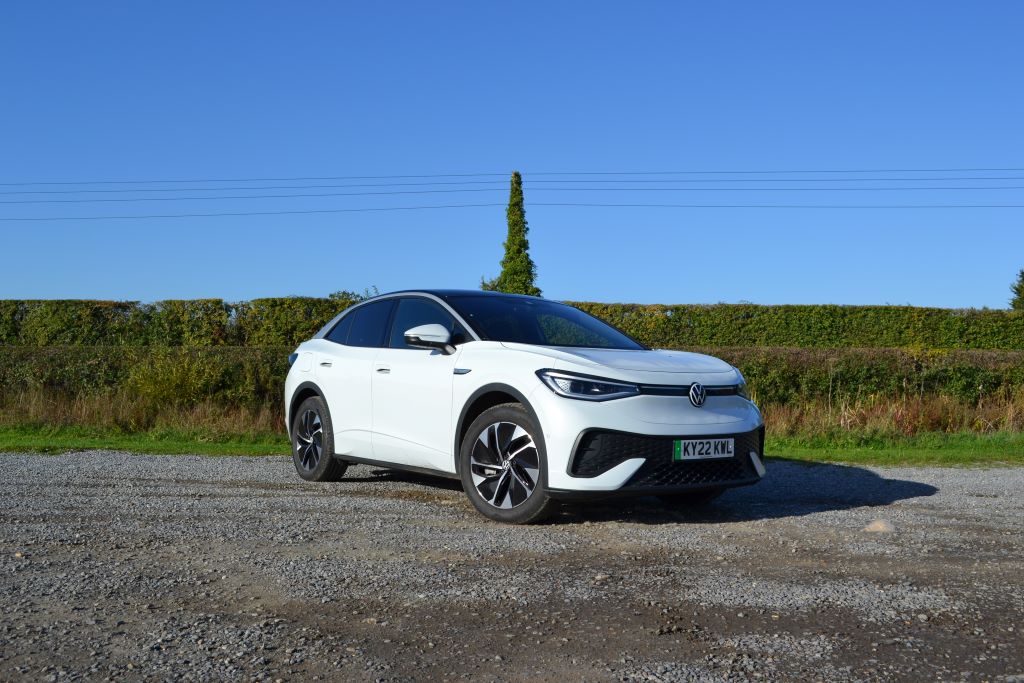
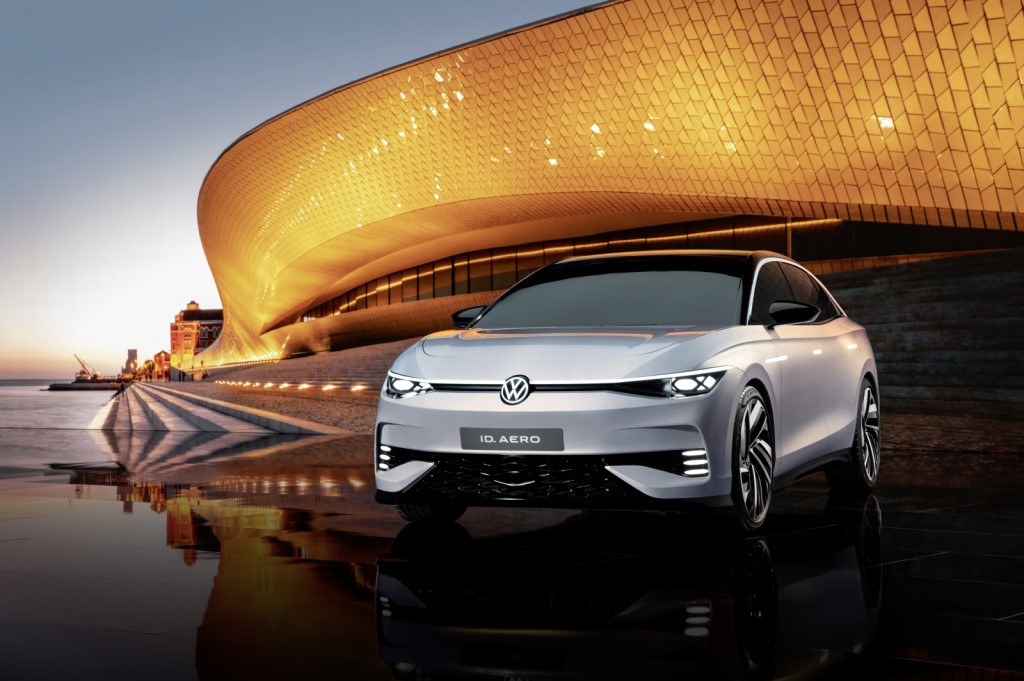
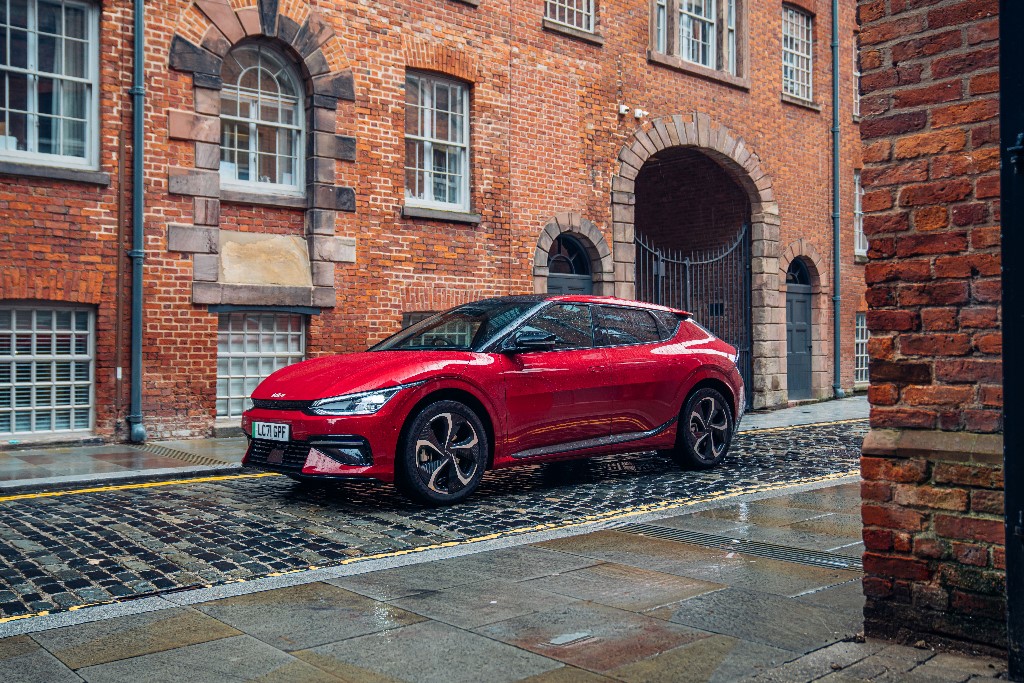
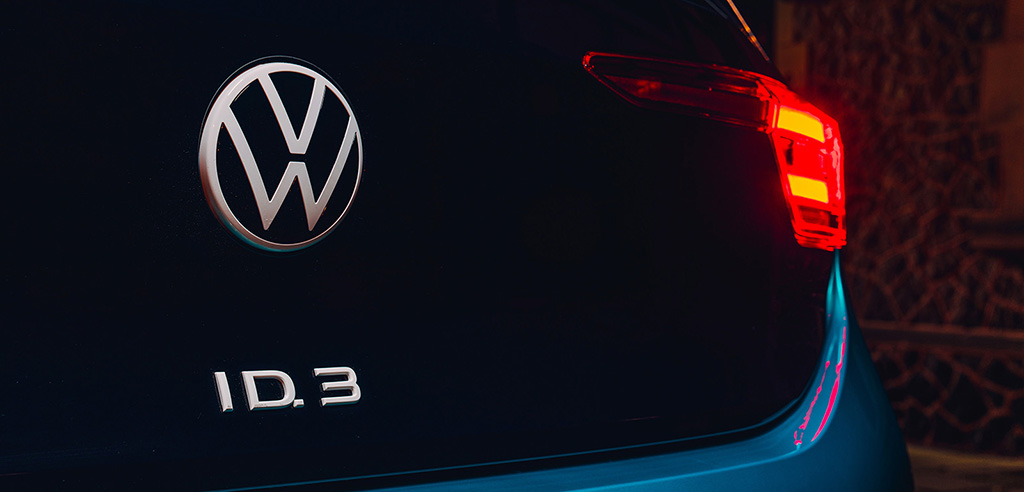

Comments (0)
Be the first to write a comment
Login/ Signup